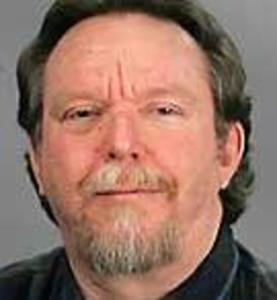What does Quebec want? The answer, apparently, is: “Something else.”
Three times in the last 32 years, Quebecers have voted “No” in referendums (twice to sovereignty and once to a federalist proposal known as the Charlottetown accord).
And as far as the choice of the next provincial government is concerned, public opinion is so volatile that it’s almost as if the worst place to be in the polls is on top.
In CROP-La Presse polls, the lead in overall popularity among the parties has changed twice in the past three months.
Since January, all three major parties – in turn, François Legault’s new Coalition Avenir Québec, the official opposition Parti Québécois and now the governing Liberals – have held the lead.
It’s as if voters have been shopping for a party to form the next government as they would shop for fruit: selecting one from the stand, examining it, finding it wanting, putting it back, picking another one and so on.
The PQ, which had taken the lead in February and held it in March, lost six percentage points in popularity this month to fall to second place, behind the Liberals.
The CAQ held a comfortable 11-point lead in December, dropped eight points in January while still holding on to first place, but lost another six points since then so that it now is running third. That’s a loss of 14 points and two positions in the rankings in four months.
As a result, with Premier Jean Charest pondering whether to call a spring election, the latest poll gives him one of the things he needs: a more-or-less even split in support between his two main opponents. Only three points separate the PQ and the CAQ.
This has allowed Charest’s Liberals to take over first place by default, even though they have gained only a single point in popularity since January; public opinion does not yet appear to have rallied behind the government against the student protests.
The one constant in the polls has been the stagnancy of Liberal support. This is reflected in the government’s satisfaction rating, the key indicator between elections, as well as in party preference. In CROP’s polls since October 2010, the level of dissatisfaction with the Charest government has been extremely high, around 70 per cent.
Such solid resistance will be difficult for the Liberals to overcome. It’s as if the one thing about which most voters have made up their minds is that they’ve had enough of the Liberals.
In the latest poll, among the French-speaking voters who control most of the province’s ridings, the Liberals remained stuck in third place in popularity, with the support of only 22 per cent.
Even so, that might be enough for the Liberals to eke out a minority government in an election – provided that the opposition vote remains evenly divided between the PQ and the CAQ.
Entering the results of the latest CROP poll in the simulator on Bryan Breguet’s Too Close to Call website, one gets 52 seats for the Liberals, six more than the PQ. But six seats isn’t much margin for error for Charest, especially with the voters in such a volatile mood.
In the CROP poll, the so-called “undecided” vote was relatively high, with 22 per cent of respondents declining to express a party preference.
Also, all the parties have leadership weaknesses. In the CROP poll, each of the three major parties was more popular than its leader.
No leader had an advantage in popularity over the others, and the most popular choice for leader was “none of them.”
And one of them, the CAQ’s Legault, is untested as a leader in an election campaign.
If support for either the PQ or the CAQ swings to the other, upsetting the even balance between them, then the Liberals won’t be able to form even a minority government.
dmacpherson 4pA montrealgazette.com
Twitter: 4pA MacphersonGaz
Original source article: Don Macpherson: Whom do voters prefer? It looks like ‘None of the above’
























Laissez un commentaire Votre adresse courriel ne sera pas publiée.
Veuillez vous connecter afin de laisser un commentaire.
Aucun commentaire trouvé